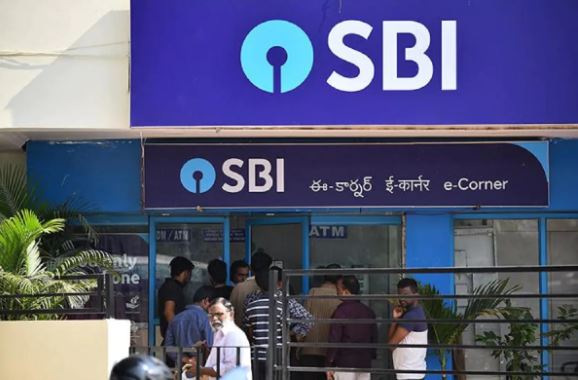State Bank of India (SBI) has issued guidelines for its more than 45 crore customers. The bank has appealed to the customers to avoid phishing i.e. fraud. For this, a guideline has been issued by the bank.
The country’s largest public sector bank State Bank of India (SBI) keeps on giving various types of information to its customers from time to time. If you also have an account in SBI, then this news is of great use to you.
SBI has given necessary information for its more than 45 crore customers. The bank has appealed to the account holders to avoid phishing i.e. fraud. For this, a guideline has been issued by the bank.
You can complain here
Let us tell you that phishing is a general term used for e-mails, text messages as well as fake websites sent by fraudsters to customers. They are designed in such a way that they appear to have come from well-known and trusted businesses, financial institutions and government agencies.
Through this, the intention of criminals is to collect personal, financial and sensitive information. You can report suspicious emails coming in the name of SBI at report.phishing@sbi.co.in .
phishing attack method
- Phishing attacks use both social engineering and technology to steal data related to personal details of customers and financial information related to accounts.
- The customer receives a fake e-mail, in which the Internet address appears to be real.
- In the e-mail, the customers are asked to click on a hyperlink provided in the mail.
- On clicking the hyperlink, it takes the customer to a fake website which looks like the original.
- Generally, these e-mails promise to reward for obeying their words or warn of penalty for not obeying.
- Customers are asked to update their personal information like password, credit card and bank account number etc.
- The customer trusts and gives his personal details and clicks on the “Submit” button.
- Suddenly he sees the error page and thus the customers become a victim of phishing.
You can save in these ways
- Always log-in to the website by typing the correct URL in the address bar.
- Provide User ID and Password only on the authorized login page.
- Before entering your User ID and Password, ensure that the URL of the login page begins with ‘https://’ and not ‘http://’. ‘S’ stands for Secured.
- Also see the lock icon at the bottom right of the browser and the Verisign certificate.
- – Regularly update your computer’s protection with anti-virus software, spyware filters, email filters, and firewall programs.
- Check your bank, credit and debit card statements regularly.






